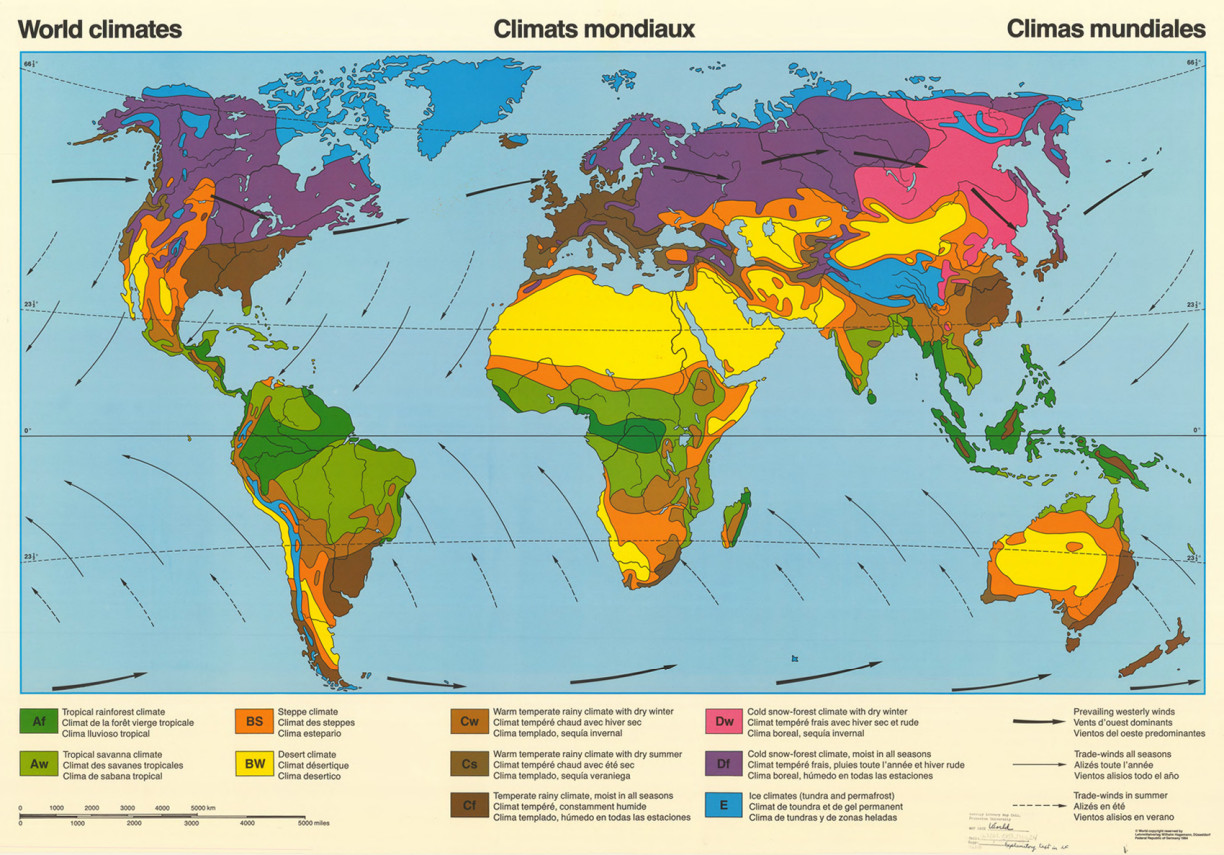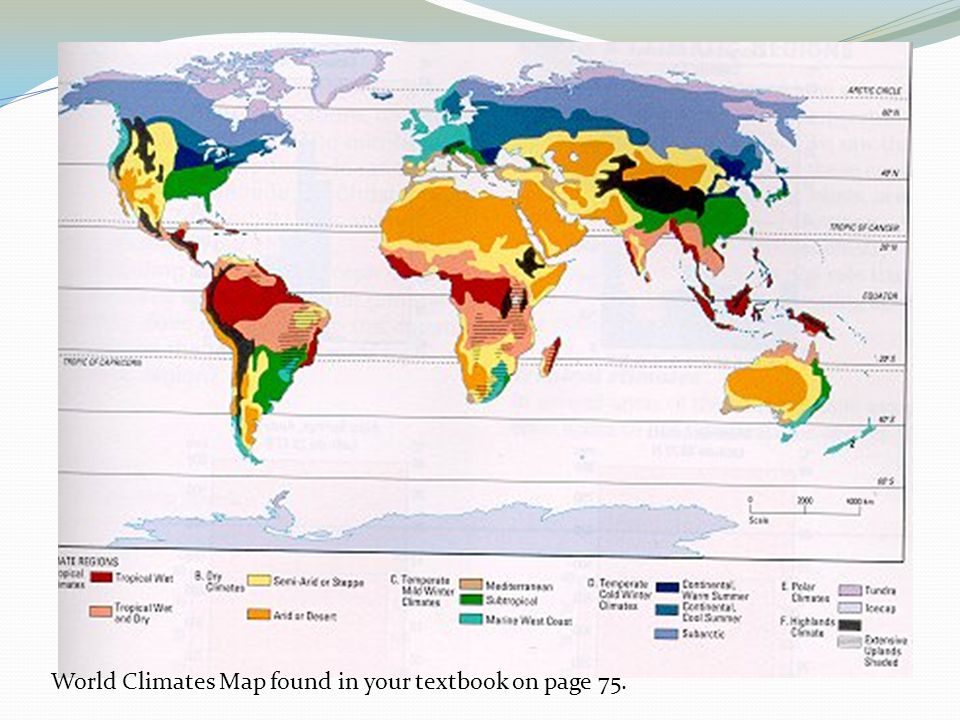Fascination About World Climates
It reflects modifications in the irregularity or average state of the atmosphere with time scales varying from years to millions of years. These changes can be brought on by procedures internal to the Earth, external forces (e. g. variations in sunshine strength) or, more just recently, human activities. In recent usage, particularly in the context of environmental policy, the term “environment modification” typically refers only to modifications in modern environment, consisting of the increase in average surface temperature understood as global warming. Sometimes, the term is likewise utilized with an anticipation of human causation, as in the United Nations Framework Convention on Climate Modification (UNFCCC).

Earth has undergone periodic climate shifts in the past, consisting of 4 major glacial epoch. These consisting of glacial durations where conditions are cooler than regular, separated by interglacial durations. The build-up of snow and ice throughout a glacial duration increases the surface albedo, reflecting more of the Sun’s energy into area and maintaining a lower atmospheric temperature. Increases in greenhouse gases, such as by volcanic activity, can increase the worldwide temperature level and produce an interglacial duration. Suggested causes of ice age durations include the positions of the continents, variations in the Earth’s orbit, modifications in the solar output, and volcanism.


They are utilized for a variety of functions; from the research study of the characteristics of the weather and climate system, to forecasts of future environment. All climate designs balance, or extremely nearly balance, inbound energy as brief wave (including visible) electro-magnetic radiation to the earth with outbound energy as long wave (infrared) electromagnetic radiation from the earth. Any imbalance results in a modification in the typical temperature level of the earth. The most talked-about applications of these models recently have been their use to presume the repercussions of increasing greenhouse gases in the environment, mainly carbon dioxide (see greenhouse gas).
The Best Strategy To Use For Climate
Models can vary from relatively simple to quite complex: Basic convected heat transfer design that deals with the earth as a single point and averages outbound energy this can be expanded vertically (radiative-convective models), or horizontally lastly, (coupled) atmosphereoceansea ice global environment designs discretise and fix the complete equations for mass and energy transfer and radiant exchange. Planton, Serge (France; editor) (2013 ). “Annex III. Glossary: IPCC Intergovernmental Panel on Climate Change” (PDF). p. 1450. Archived from the original (PDF) on 2016-05-24. Obtained 25 July 2016. Shepherd, Dr. J. Marshall; Shindell, Drew; O’Carroll, Cynthia M. (1 February 2005). “What’s the Difference Between Weather and Environment?”. Recovered 1 September 2015. (PDF). World Meteorological Company. 2011. pp. 6, 8, 10, 21, 26. Obtained 1 September 2015. National Weather Condition Service Office Tucson, Arizona. Main page. Retrieved on 2007-06-01. Stefan Rahmstorf The Thermohaline Ocean Circulation: A Quick Reality Sheet. Obtained on 2008-05-02. Gertjan de Werk and Karel Mulder. Heat Absorption Cooling For Sustainable A/c of Households. Archived 2008-05-27 at the Wayback Machine Retrieved on 2008-05-02. Ledley, T.S.; Sundquist, E. T.; Schwartz, S. E.; Hall, D. K.; Fellows, J. D.; Killeen, T. L. (1999 ). ” Environment change and greenhouse gases”. 80 (39 ): 453. Bibcode:1999 EOSTr..80 Q. 453L. doi:. hdl:2060/ 19990109667. Retrieved 2008-05-17. United States National Arboretum.
Glossary of Meteorology. American Meteorological Society. Retrieved 2008-05-21. Army, United States Dept of the (1969 ). Dept. of Defense] Depts. of the Army and the Air Force. ” Airmass Classification”. Glossary of Meteorology. American Meteorological Society. Obtained 2008-05-22. Schwartz, M.D. (1995 ). “Discovering Structural Environment Change: An Air Mass-Based Technique in the North Central United States, 19581992”. Records of the Association of American Geographers. 85 (3 ): 55368. doi:10. 1111/j. 1467-8306. 1995. tb01812. x. Robert E. Davis, L. Sitka, D. M. Hondula, S. Gawtry, D. Knight, T. Lee, and J. Stenger. J1. 10 An initial back-trajectory and air mass climatology for the Shenandoah Valley (Previously J3.
Leave a Reply